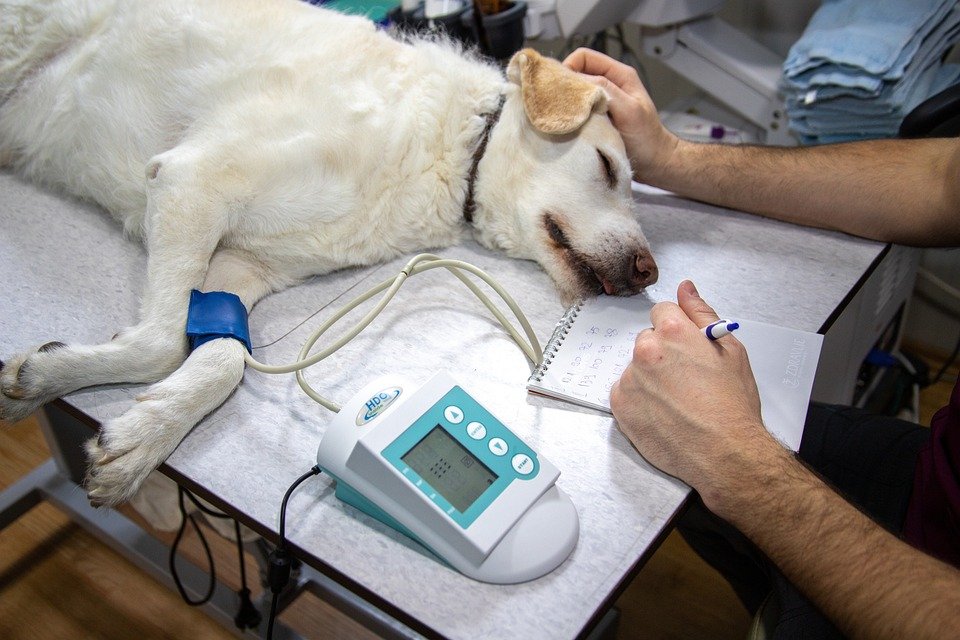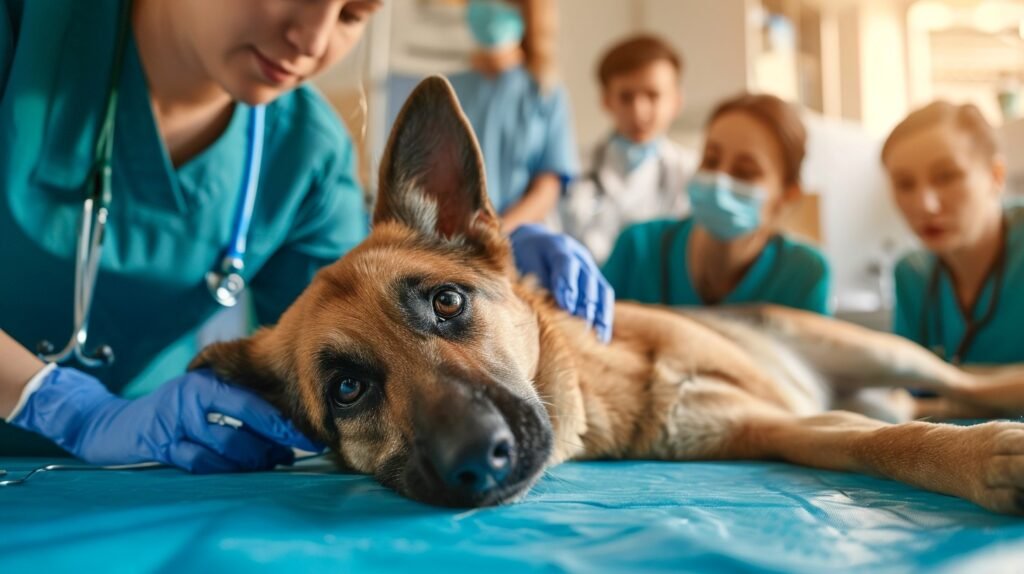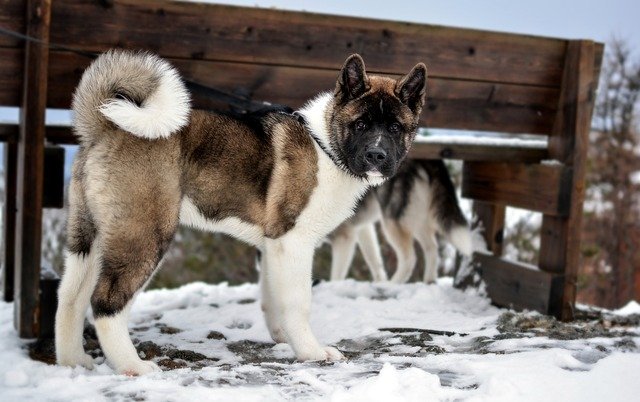Alopecia, commonly known as hair loss, can affect dogs just as it does humans. While occasional shedding is normal, significant hair loss or bald patches may indicate an underlying health issue that requires attention. In this article, we delve into the various aspects of alopecia in dogs, including its causes, symptoms, diagnosis, and management.
Causes of Alopecia in Dogs
- Genetic Predisposition: Certain dog breeds are more prone to alopecia due to genetic factors. Examples include the Chinese Crested, Dachshunds, and Chihuahuas.
- Parasitic Infestations: External parasites such as fleas, ticks, and mites can cause irritation and lead to hair loss if left untreated.
- Allergies: Dogs can develop allergic reactions to food, pollen, or other environmental factors, resulting in itching and subsequent hair loss.
- Hormonal Imbalances: Disorders like hypothyroidism and Cushing’s disease can disrupt hormone levels in dogs, affecting their coat health.
- Infections: Bacterial or fungal infections of the skin can cause alopecia, often accompanied by redness, scaling, or a foul odor.
- Autoimmune Conditions: Disorders such as lupus or pemphigus can cause the immune system to attack hair follicles, resulting in alopecia.
- Nutritional Deficiencies: Poor diet lacking essential nutrients like vitamins, minerals, and fatty acids can contribute to unhealthy coats and hair loss.

Symptoms of Alopecia
- Patchy Hair Loss: Visible bald patches on the dog’s body, face, or tail.
- Skin Irritation: Redness, itching, or flaking of the skin around the affected area.
- Behavioral Changes: Increased scratching or licking of certain body parts.
- Changes in Coat Texture: Dull, brittle, or coarse fur in areas affected by alopecia.

Diagnosing Alopecia in dogs
Diagnosing alopecia in dogs typically involves a thorough examination by a veterinarian. The process may include:
- Medical History: Detailed questioning about the dog’s diet, environment, and any recent changes.
- Physical Examination: Close inspection of the affected areas and overall skin condition.
- Diagnostic Tests: Skin scrapings, blood tests, and allergy tests may be conducted to identify underlying causes like parasites, infections, or hormonal imbalances.
Managing Alopecia in Dogs
Treatment and management of alopecia depend on the underlying cause identified through diagnosis:
- Parasitic Control: Administering appropriate flea, tick, or mite treatments as recommended by the veterinarian.
- Allergy Management: Identifying and eliminating allergens from the dog’s environment or diet. In some cases, antihistamines or special diets may be prescribed.
- Hormonal Therapy: Medications or supplements may be prescribed to regulate hormone levels in cases of hypothyroidism or Cushing’s disease.
- Antibiotics or Antifungals: Treating bacterial or fungal infections with prescribed medications to restore skin health.
- Nutritional Supplements: Providing a balanced diet rich in essential nutrients to promote coat health.
- Topical Treatments: Shampoos, sprays, or ointments may be recommended to soothe irritated skin and encourage hair regrowth.

Alopecia in dogs can be distressing for both pets and owners, but with prompt veterinary care and appropriate treatment, many cases can be managed effectively. Early diagnosis is crucial to identify and address the underlying cause, leading to better outcomes for the dog’s overall health and well-being. If you notice any signs of alopecia or unusual hair loss in your dog, seeking veterinary advice promptly can help ensure a timely and effective treatment plan.



